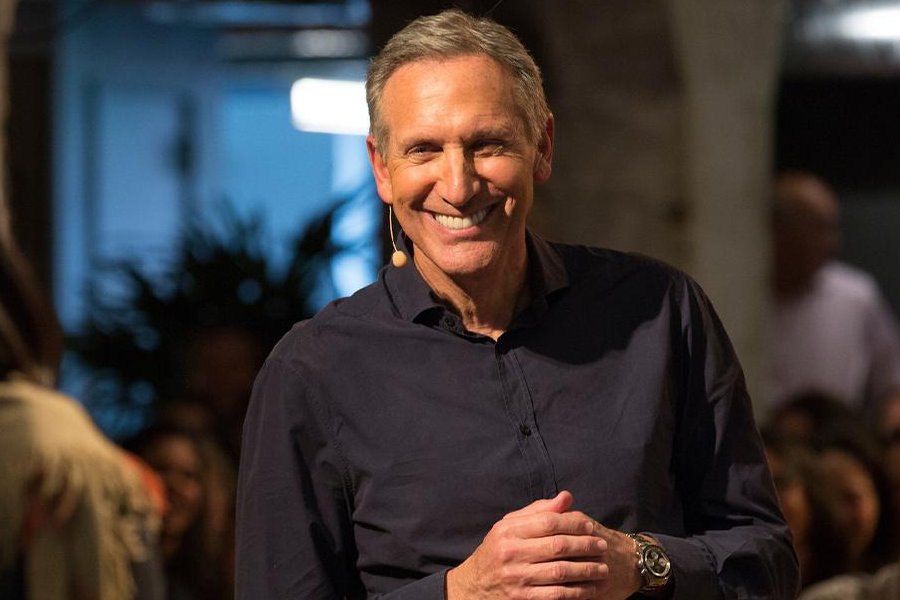Starbucks interim CEO Howard Schultz announced on Monday that the company’s stock repurchase program will be suspended in order to focus more on outlets and staff development.
As Schultz returns to lead the firm for the third time as CEO, the world’s largest coffeehouse chain will cease its stock repurchasing program, effective immediately.
“Starting immediately, we are suspending our share repurchasing program. This decision will allow us to invest more profit into our people and our stores — the only way to create long-term value for all stakeholders,” Schultz said in a company statement.
The 68-year-old Schultz’s return also comes at a crucial time for the coffee chain as Starbucks shares have dropped 22% for the first quarter. Company shares also closed more than 3% lower after the announcement as analysts forecasted that the stock buyback suspension will cause earnings to further drop in 2023.
The popular coffee chain is also beset with new challenges from pinched supply chains, the aftereffects of the Covid pandemic, heightened geopolitical tensions, and more recently, the unionization of its U.S. workforce.
In recent months, employees at 10 U.S. Starbucks locations have voted to join Workers United, an affiliate of the Service Employees International Union, according to a Reuters report. The stores include five in Buffalo, New York; two in Mesa, Arizona; one each in Seattle and Knoxville, Tennessee; and a Starbucks Reserve Roastery in New York City.
“I am returning to the company to work with all of you to design that next Starbucks — an evolution of our company deep with purpose, where we each have agency and where we work together to create a positive impact in the world,” Schultz stressed.
In the coming weeks, the Starbucks chief executive will also be traveling to stores and manufacturing plants to gather stakeholder sentiments and engage in design sessions with multilevel partners.
Schultz was instrumental in the early years of the company when he brought it back in 1987 and led it for more than three decades establishing its dominance in the global coffee retail market.
He was also credited for making Starbucks a publicly listed company in 1992 and using valuation proceeds in opening up more stores before retiring for the first time in 2000. His second return as Starbucks CEO was during the 2008 financial crisis until 2017 when he conducted massive shakeups in the company roster by firing top executives and employees, closing down non-performing stores, and enforcing a national loyalty program and fair trade standards.
As interim chief executive, Schultz took over from former CEO Kevin Johnson who announced his retirement on March 16. The company is expected to name a permanent CEO by this fall, the Associated Press reports.
Starbucks disclosed late last year that it will return earnings to shareholders through a three-year, $20 billion share repurchase and dividend program. This comes on top of the company’s announcement in 2018 of a $25 billion share repurchase and dividend program.
In fiscal years 2019 and 2020, Starbucks spent nearly $12 billion on stock buybacks.
Read More Stories: Tesla Delivers 310,048 Electric Cars in First Quarter 2022
